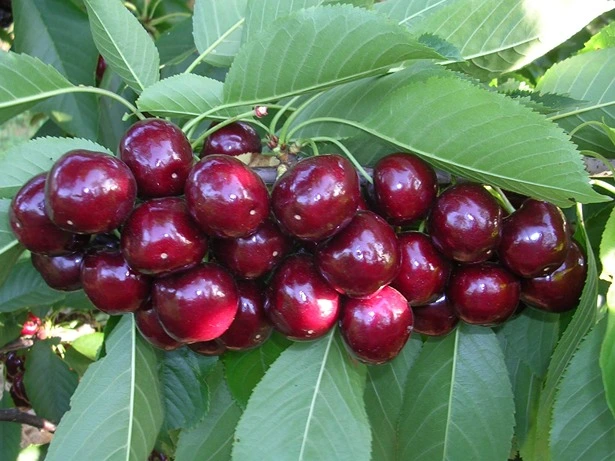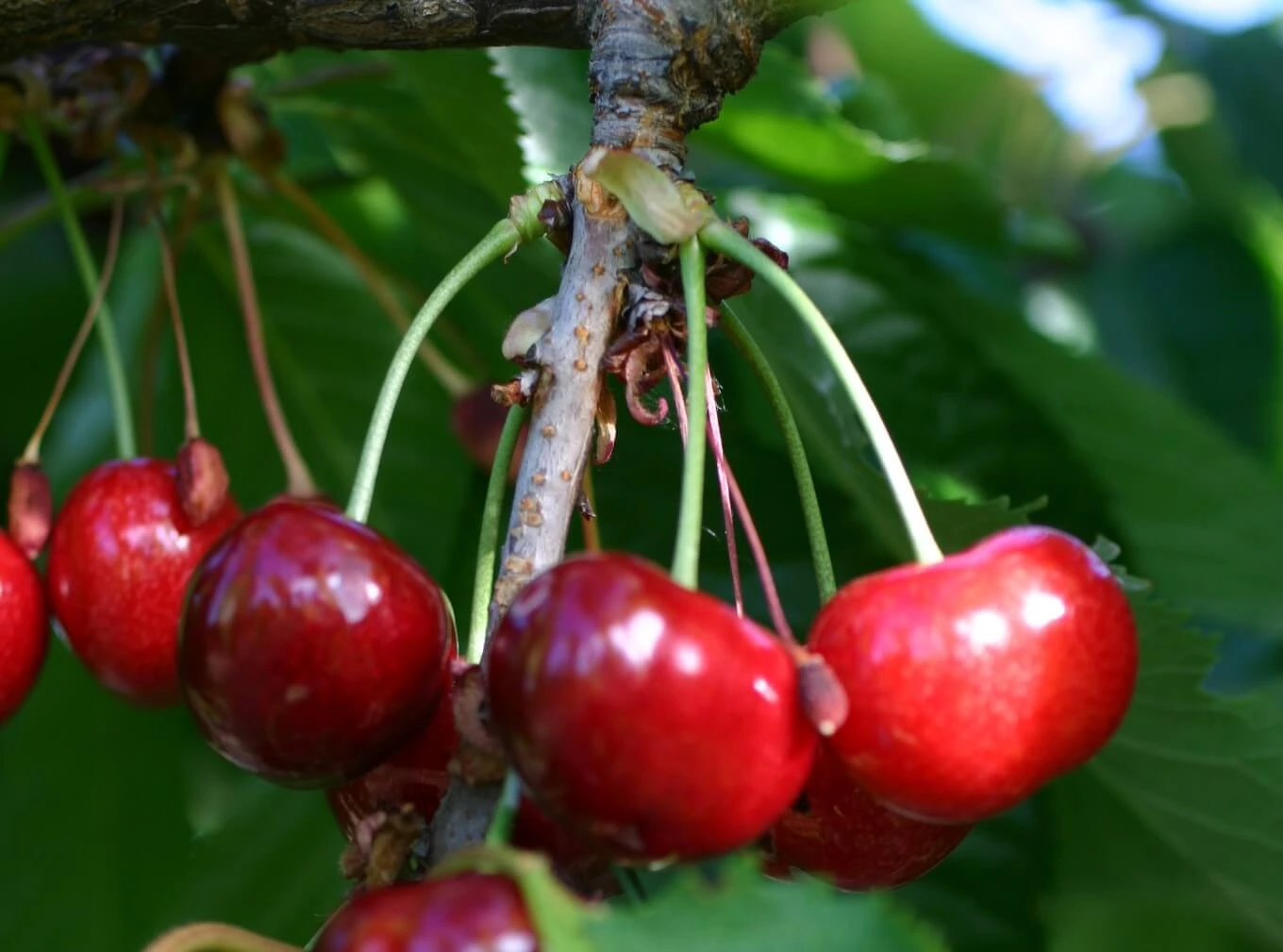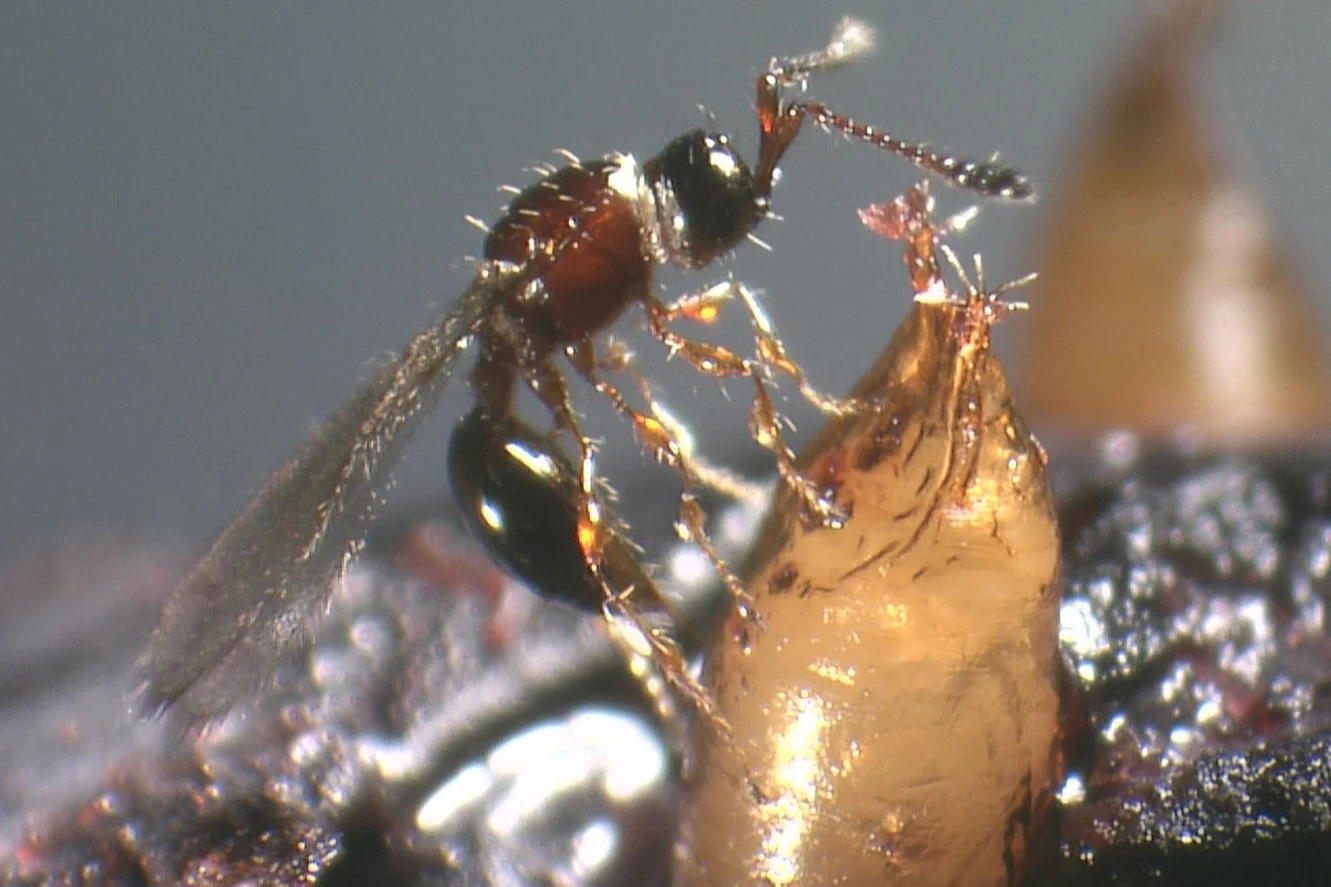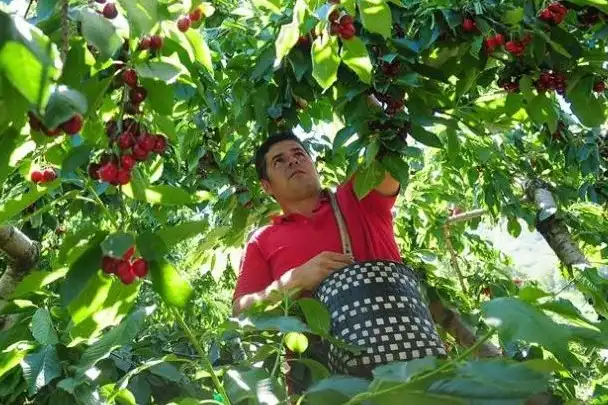Sweet cherries are among the favorite fruits for consumers due to their excellent organoleptic properties, attractive appearance, and high nutritional value. Agronomic cultivation practices are evolving over time, and in recent years, the use of biostimulant products has become increasingly popular.
In particular, pre-harvest biostimulants are emerging as promising solutions to enhance both production and quality of cherry fruits, while also contributing to greater environmental sustainability in the production chain.
A recent study, involving researchers from Portugal and Denmark, focused on the effects of two specific biostimulants: glycine betaine (GB) and an extract derived from the seaweed Ecklonia maxima (EM). These biostimulants were applied to two sweet cherry cultivars: “Early Bigi” and “Lapins”, grafted onto SL-64 rootstock.
The applications were carried out at different concentrations, both individually and in combination, to evaluate their effects on fruit characteristics such as weight, size, color, firmness, total soluble solids (TSS), titratable acidity (TA), phenolic content, anthocyanin levels, and sensory profile.
The results demonstrated that biostimulant treatments had a positive impact on many of the parameters studied, although responses varied between cultivars. Specifically, the application of glycine betaine and Ecklonia maxima extracts increased fruit size by 13.41% for “Early Bigi” and by 47.20% for “Lapins”.
 Image 1: Cherry cv. Lapins.
Image 1: Cherry cv. Lapins.
Additionally, the treatments reduced color values, increased the TSS/TA ratio, and indicated a more advanced ripening stage, which could enable an earlier harvest. Total phenolic content increased by 56.88% in “Early Bigi” and by 30.24% in “Lapins”, while anthocyanin levels rose by 88.28% and 36.10%, respectively. The firmness of the fruit also improved.
Sensory analysis showed that the use of biostimulants enhanced key attributes such as "overall appearance", "firmness", and "cherry flavor". Thus, researchers observed not only an improvement in the visual and structural quality of the fruit but also a superior taste. Among the combinations tested, the seaweed Ecklonia maxima extract biostimulant at a concentration of 0.30% provided the best overall results in the evaluated fruit quality parameters.
 Image 2: Cherry cv. Early Bigi.
Image 2: Cherry cv. Early Bigi.
The use of pre-harvest biostimulants can be an effective practice to reduce the reliance on synthetic chemical products. Furthermore, these biostimulants align with the growing consumer demand for more environmentally friendly products. At the same time, their application has shown health benefits by enhancing the fruits nutritional value and taste.
In conclusion, the pre-harvest application of biostimulants based on glycine betaine or marine seaweed extracts from Ecklonia maxima can be a viable practice to improve cherries qualitative characteristics and promote more sustainable agricultural production. These findings pave the way for further research into the role of biostimulants and contribute to a deeper understanding of the use and potential of these products.
Source: Afonso, S., Oliveira, I., Ribeiro, C., Vilela, A., Meyer, A. S., & Gonçalves, B. (2024). Exploring the Role of Biostimulants in Sweet Cherry (Prunus avium L.) Fruit Quality Traits. Agriculture, 14(9), 1521. https://doi.org/10.3390/agriculture14091521.
Images: SL Fruit Service
Andrea Giovannini
University of Bologna (IT)
Cherry Times - All rights reserved












